Mumbai gets a glimpse of Julian Opie's iconic art works
British artist Julian Opie, whose minimalist and modern artwork is instantly recognisable, is currently exhibiting Winter. — a series of digitally reworked landscapes — in Mumbai.
Crowds and landscapes; they can pass by in a blur. But look closely and you can spot millions of variations. Each person can be distinguished by their stride, each face by its unique contour. Landscapes change imperceptibly and, even in their harshness (during certain seasons), hide a certain beauty. Julian Opie (57), one of the best-known contemporary British artists, captures this essence through his art.
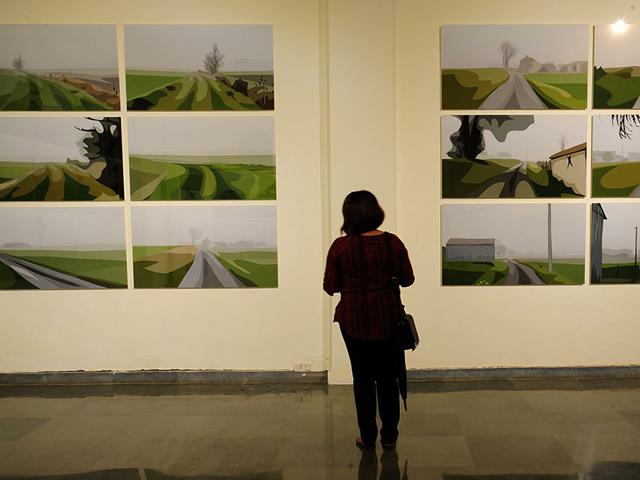
Opie’s works, which are housed in the British Museum, National Portrait Gallery, Tate Modern and the Victoria & Albert Museum (London), are known to blur the distinction between varied disciplines, and present classical elements in a contemporary manner. With the help of digital manipulation, Opie transforms images to lines and uses vivid backdrops, to portray day-to-day activities and familiar landscapes, in his signature style. His prolific oeuvre includes paintings and sculptures depicting people walking on the streets, minimalistic portraits of people and lush landscape art.
The 57-year-old artist has been painting since he was 11, and has exhibited around the globe since he was 24. His latest exhibition in Mumbai showcases a series of 75 prints that represent a circular walk taken by Opie through the French countryside. Each stage of the walk is captured in a digital print, and the works are laminated on a glass façade and presented in a grid format.
Excerpts from an interview:
What inspired this exhibition?
These works were based on an area of the Loire Valley in central France, where I spend summers with my family. There are two series of works from this location, made in the summer and winter of 2011. I chose a part of the world that I love and that lends itself to being drawn. This landscape has a lot of emotional attachment for me. The actual valley depicted is now ruined by a high-speed train track that cuts right through it, and this walk is no longer possible.
I made the first film (accompanying the exhibition) in summer when the French colours are rich and the trees full, but I love the landscape in winter, too. Although winter trees are hard to draw, I made this second set and used the 75 resulting images to make an edition run in itself.
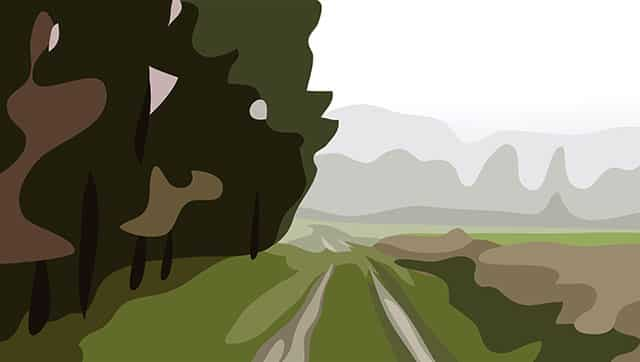
Image courtesy: Julian Opie and Alan Cristea Gallery, London
What is the core concept of Winter.?
I have chosen a particular way of describing the world and movement. By drawing a series of traditional horizontal landscapes that depicted a series of moments on a circular walk, I could make an endless, moving, 3D portrait of a small part of the world.
Can you share your experience of the walk, and how that translates inside a gallery?
I took a walk around my house in France, finishing at the same spot I started and taking a photograph every 40 paces. By showing the images sequentially on a wall or an LCD screen, your mind can surge from one empty image to the next, recreating the walk in your mind. I had to draw fast to keep the sense of brief glimpses and movement. Once I got to the last image, I redrew many of the first images. I wanted a frameless way of presenting the images and chose a system of sticking an image to the back of glass borrowed from Heathrow Terminal 4. The passenger routes there are enclosed by grey, back painted, glass panels.
They provide a slick, modern, slightly sinister surface that has depth and seems to float. It’s almost a mirror and a window and avoids seeming like a real barrier, as you can’t quite locate the surface. It feels modern, like the remote glasshouse in the Alex Garland film, Ex Machina.
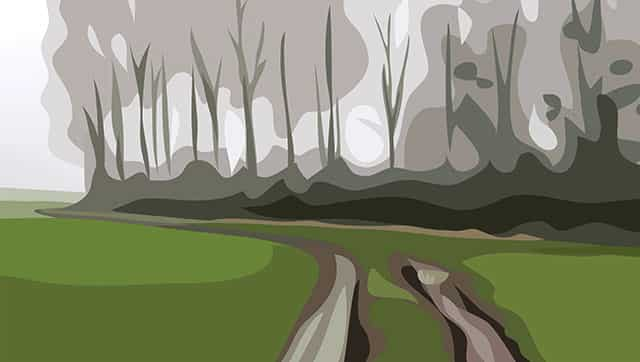
Image courtesy: Julian Opie and Alan Cristea Gallery, London
What might make Winter. appealing to Indian audiences?
This project depicts a cold, quiet Northern European landscape, which I imagine, will contrast strongly with the venues. I hope the contrast will be refreshing.
Does your art reflect our current way of looking at places?
Thinking about ways of looking is central to making art for me. To put this project together, I found myself referring to and looking at Google Earth and Sat Nav systems, at flight simulation programs and computer games as well as Dutch landscapes by old masters (like Jacob van Ruisdael) and 19th century Japanese woodblock prints (by Utagawa Hiroshige).
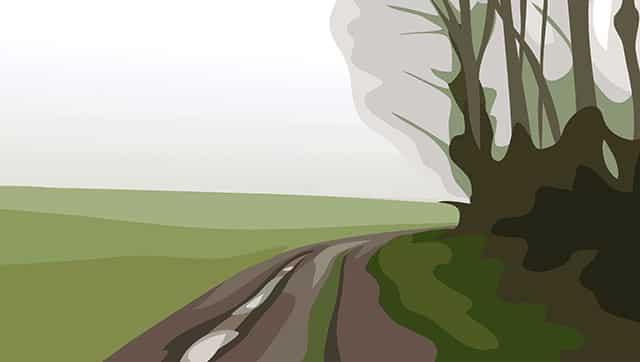
Image courtesy: Julian Opie and Alan Cristea Gallery, London
What is the role that technology plays in your art?
Every time I use a new technology, it means months, if not years, of trial and error and thus, can slow down my thinking. Sticking to traditional materials makes sense but I hate to leave new technologies of display to advertising and signage.
Technology can be expensive but the rest of the world is rapidly shifting to a digital way of working. It surprises me that artists have been slow to make a similar move.
Perhaps, new technology is a bit in danger of being gimmicky when used in art or perhaps artists have always been reluctant to use it, until it has become embedded into society and part of the landscape. If I lived on the beach, I would make sand art.

Image courtesy: Julian Opie and Alan Cristea Gallery, London
Winter. will be exhibited at the Dr Bhau Daji Lad Museum, in association with the British Council, till September 13 When: 10am to 6pm
Where: Dr Bhau Daji Lad Museum, Dr Babasaheb Ambedkar Marg, Byculla (E).
Call: 2373 1234
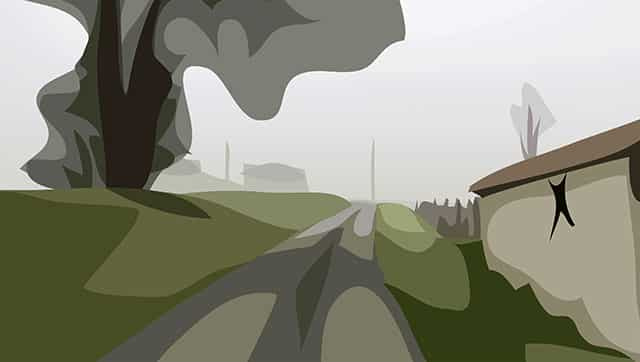
Image courtesy: Julian Opie and Alan Cristea Gallery, London
(The writer tweets as @SomaRKDas)





